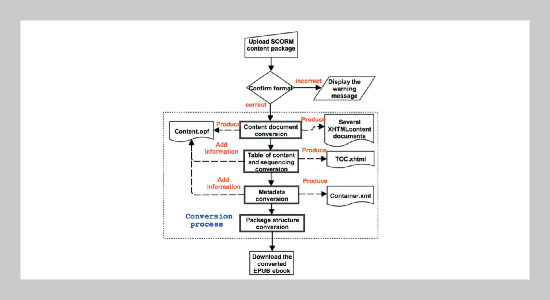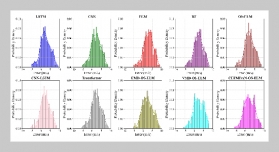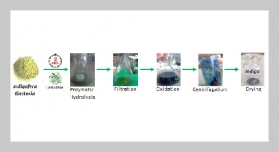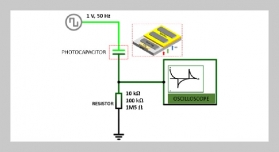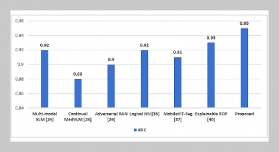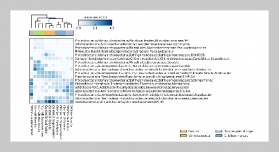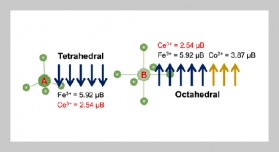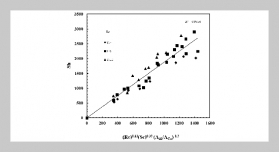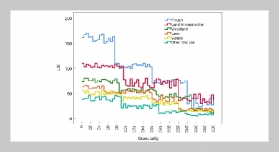REFERENCES
- [1] Jou, M., Tennyson, R. D., Wang, J. and Huang, S.-Y., “A Study on the Usability of E-books and APP in Engineering Courses: a Case Study on Mechanical Drawing,” Computers & Education, Vol. 92–93, pp. 181� 193 (2016). doi: 10.1016/j.compedu.2015.10.004
- [2] Dinkelman, A. and Stacy-Bates, K., “Accessing Ebooks through Academic Library Web Sites,” College and Research Libraries, Vol. 68, No. 1, pp. 45�57 (2007).
- [3] Fojtik,R.,“E-books and Mobile Devices in Education,” Procedia - Social and Behavioral Sciences, Vol. 182, pp. 742�745 (2015). doi: 10.1016/j.sbspro.2015.04.824
- [4] Embong, A. M., Noor, A. M., Hashim, H. M., Ali, R. M. and Shaari, Z. H., “E-books as Textbooks in the Classroom,” Procedia - Social and Behavioral Sciences, Vol. 47, pp. 1802�1809 (2012). doi: http://dx.doi.org/ 10.1016/
- [5] Melhuish, K. and Falloon, G., “Looking to the Future: M-learning with the iPad. Computers in New Zealand Schools,” Learning, Leading, Technology, Vol. 22, No. 3, pp. 1�16 (2010).
- [6] Tang, Y. and Barnett-Ellis, P., “Nursing Students’Learning Experience with E-books,” The Journal of Academic Librarianship, Vol. 43, No. 1, pp. 67�71 (2017). doi: 10.1016/j.acalib.2016.08.020
- [7] Min�i�-Obradovi�, K., E-books in Academic Libraries, Oxford: Chandos Pub (2011).
- [8] Daniel, D. B. and Woody, W. D., “E-textbooks at What Cost? Performance and Use of Electronic v. Print Texts,” Computers & Education, Vol. 62, pp. 18–23 (2013).
- [9] Elias, E. C., Phillips, D. C. and Luechtefeld, M. E., “E-books in the Classroom: a Survey of Students and Faculty at a School of Pharmacy,” Currents in Pharmacy Teaching and Learning, Vol. 4, No. 4, pp. 262– 266 (e1) (2012).
- [10] Susan, G., Suzanne, S., Adriana, G. and Dennis, C., “Assessing an E-reader Lending Program: from Pilot to Mainstream Service,” Library Review, Vol. 61, No. 1,pp. 8�17(2012). doi:10.1108/00242531211207389
- [11] Cohen, D. K., Raudenbush, S. W. and Ball, D. L., “Resources, Instruction, and Research,” Educational Evaluation and Policy Analysis, Vol. 25, No. 2, pp. 119 e142 (2003).
- [12] Kapaniaris, A., Gasouka, M., Zisiadis, D., Papadimitriou, E. and Kalogirou, E., “Digital Books Taxonomy: from Text E-books to Digitally Enriched E-books in Folklore Education Using the iPad,” Mediterranean Journal of Social Sciences, Vol. 4, No. 11, pp. 316� 322 (2013). doi: 10.5901/mjss.2013.v4n11p316
- [13] ADL., SCORM. Advanced Distributed Learning, Re trieved Sept. 26, 2014, from http://www.adlnet.org/ Technologies/scorm/default.aspx (2009a).
- [14] IDPF., EPUB. Retrieved Nov. 01, 2016, from http:// idpf.org/epub (2014).


